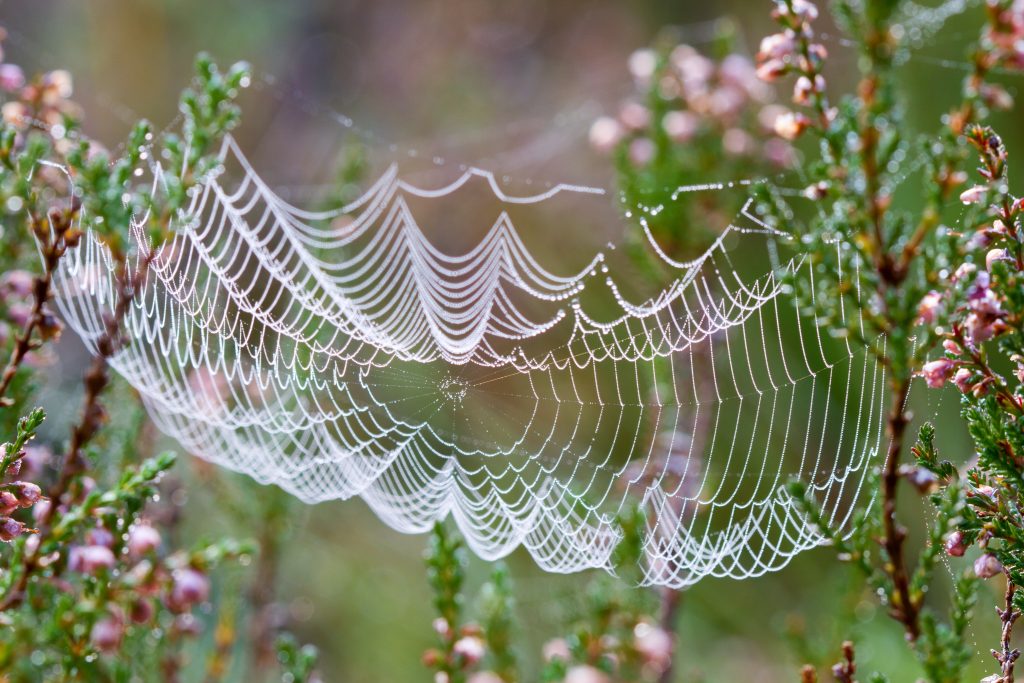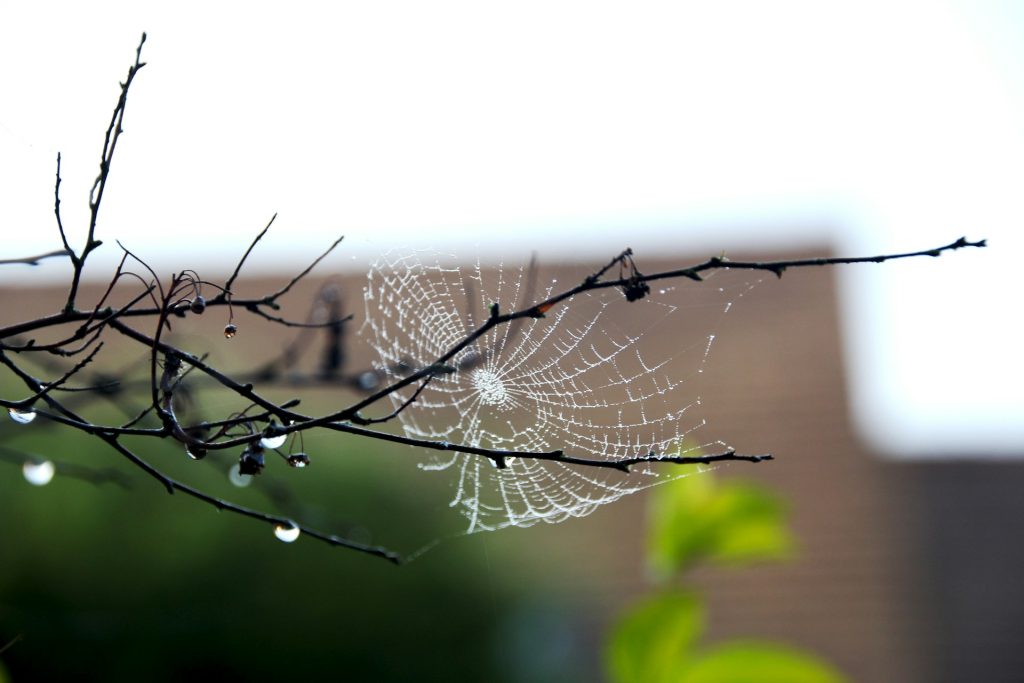Spiderwebs, glistening in the sunlight, are often admired for their intricate beauty. However, there’s more to these delicate structures than meets the eye. From design sensibilities to strategic adaptations, here are six surprising facts that will give you a newfound appreciation for the wonders of spiderwebs.

Design Sense in Spiderwebs
Not all webs are solely functional; some spiders showcase a remarkable design sense. The orb weaver family, in particular, actively decorates their webs with extra silk designs called stabilimenta. Contrary to early assumptions about structural purposes, the absence of stabilimenta in nocturnal spiders’ webs suggests these structures are crafted to be seen, adding an artistic touch to the spider’s abode.
Proactive Attraction of Prey
Spiderwebs aren’t mere passive traps; they’re designed to actively attract prey. Rather than waiting in a promising insect-travel area, many spiders take a proactive approach to web-building. The intentional structures and patterns in their webs are crafted to allure insects, making the spider a skilled architect and a savvy predator.

The Shiny Secrets of Spiderwebs
Ever wondered why spiderwebs shine? It turns out, these structures are highly reflective in UV light. Since many insects perceive better in UV wavelengths, the shiny quality of spiderwebs may attract them. Additionally, the decorations on the web may mimic gaps in vegetation where insects are more likely to fly, adding an element of strategic allure.
Sneaky Spider Tactics
While decorations increase the web’s attractiveness to insects, they also pose a visibility risk to predators. Some spiders use clever tactics by leaving old exoskeletons and egg sacs on their webs as camouflage. This strategic move helps the spider remain hidden from potential threats while actively enticing prey.
Thinking Big with Web Size
The size of a spider’s web is a carefully calculated choice. While most caught insects are small, having a larger web increases the likelihood of capturing more prey. However, some spiders may need an occasional big score to thrive fully. Larger prey, larger than the spider itself, can become a rare but desirable addition to the menu, contributing to the spider’s overall success.
Daily Web Replacements
Believe it or not, many spiders rebuild their entire web every single day. Despite the increased energy cost of producing larger webs, the potential for larger catches makes the daily effort worthwhile. For spiders, the strategic decision to replace their web daily ensures a fresh and effective trap for unsuspecting prey.

The next time you marvel at a spiderweb, remember these surprising facts that highlight the ingenuity and adaptability of spiders. From deliberate designs to proactive prey attraction, spiders are not only master architects but also strategic hunters. The world of spiderwebs goes beyond its visual appeal; it’s a testament to nature’s brilliance and the incredible feats accomplished by our eight-legged neighbors. So, if you want a construction job done right, perhaps it’s time to consider the expertise of a spider.





